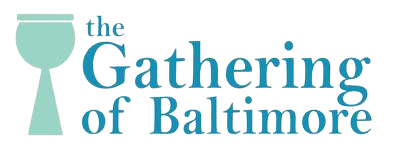What is Colchicum used for?
What is Colchicum used for?
Colchicine is an alkaloid and is used medicinally as a gout suppressant, in the treatment of Familial Mediterranean Fever, in veterinary science as an antineoplastic, and in genetic research.
Where is Colchicum found?
Poisonous plants Describe some properties of Colchicum plant. The plant is common in Eurasia and Africa. The common names are autumn crocus, meadow saffron, and naked ladies.
What is biological source of Colchicum?
COLCHICUM 1. Biological sources : • Also known as Autumn Crocus, Cigdem , colquico, meadow saffron. • Colchicum composed of dried ripe seeds.
Which part of Indian Colchicum is used as drug?
The bulb-like corms of C. autumnale contain colchicine, a useful drug with a narrow therapeutic index.
Does colchicine reduce uric acid?
For gout, colchicine works by reducing the inflammation caused by crystals of uric acid in your joints. This also helps to reduce pain.
Does colchicine remove uric acid?
Colchicine works by decreasing swelling and lessening the build up of uric acid crystals that cause pain in the affected joint(s). This medication is also used to prevent attacks of pain in the abdomen, chest, or joints caused by a certain inherited disease (familial Mediterranean fever).
Is Colchicum a bulb?
Colchicum is a perennial bulb that is easy to plant which will flower year after year. Plant the bulbs from July to September more or less 4 to 6 inches (10 to 15 cm) deep, keeping the bulbs at equal intervals.
Are Colchicum poisonous?
This is one time that a correct name is critical, because while the other plants are edible, colchicum is poisonous. Poisoning symptoms occur two to five hours after the plant has been eaten and include burning in the mouth and throat, diarrhea, stomach pain, vomiting and kidney failure.
What is the size of colchicum?
11.9 Colchicum (Colchicum autumnale) The common names are autumn crocus, meadow saffron, and naked ladies. It belongs to the family Liciacea; height 15–30 cm, with basal, slender leaves; and long, tubular, flowers are pink, violet/lavender, or white in color (Fig. 11.7).
What are the active chemical constituents of colchicum?
Six alkaloids, namely colchicine, colchifoline, 2-demethylcolchicine, demecolcine, 4-hydroxycolchicine and N-deacetyl-N-formylcolchicine were isolated from different parts of two species. The autumn corm of C. micranthum possessed the highest amount of colchicine among all extracts.
What is the Colour of Colchicum corm?
Colchicine occurs in the form of yellow flakes, crystals or as a whitish-yellow amorphous powder, which darkens on exposure to light.
